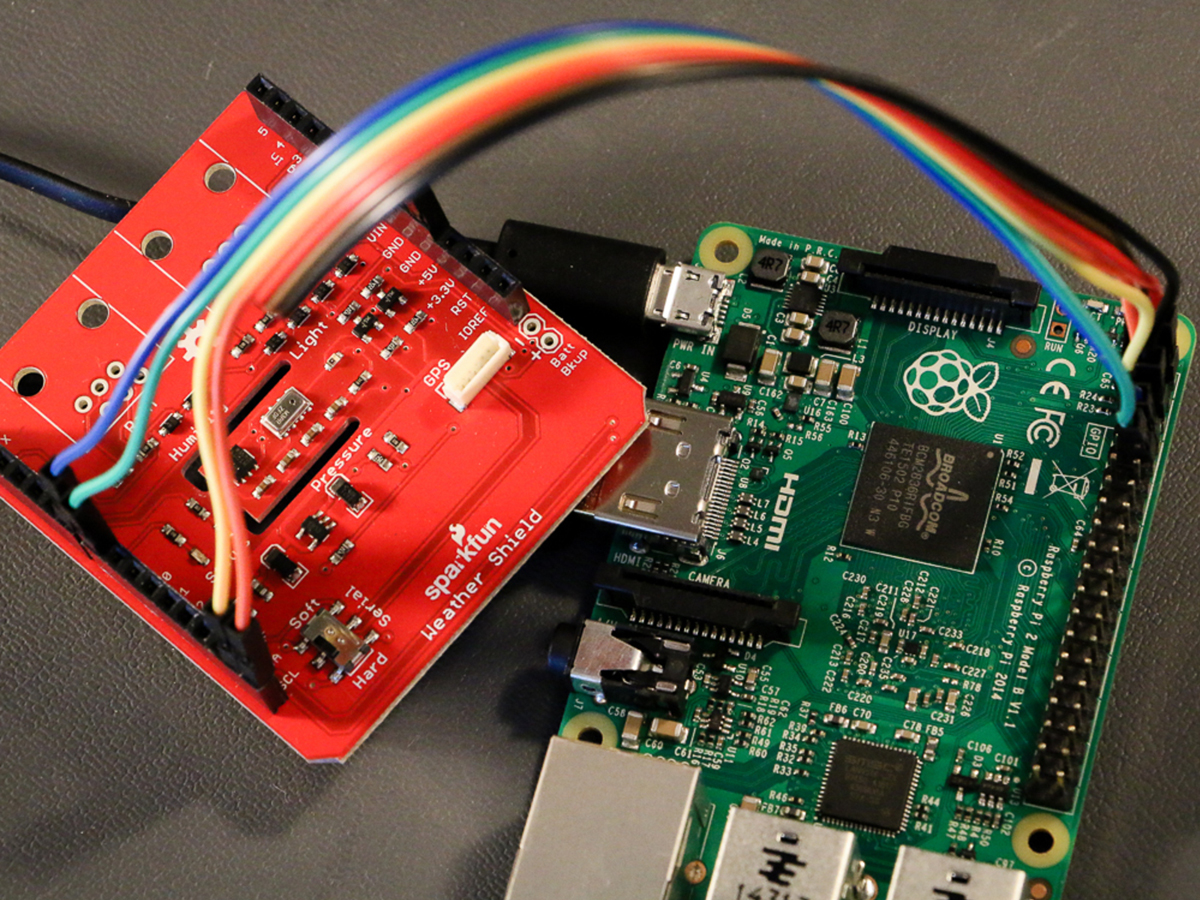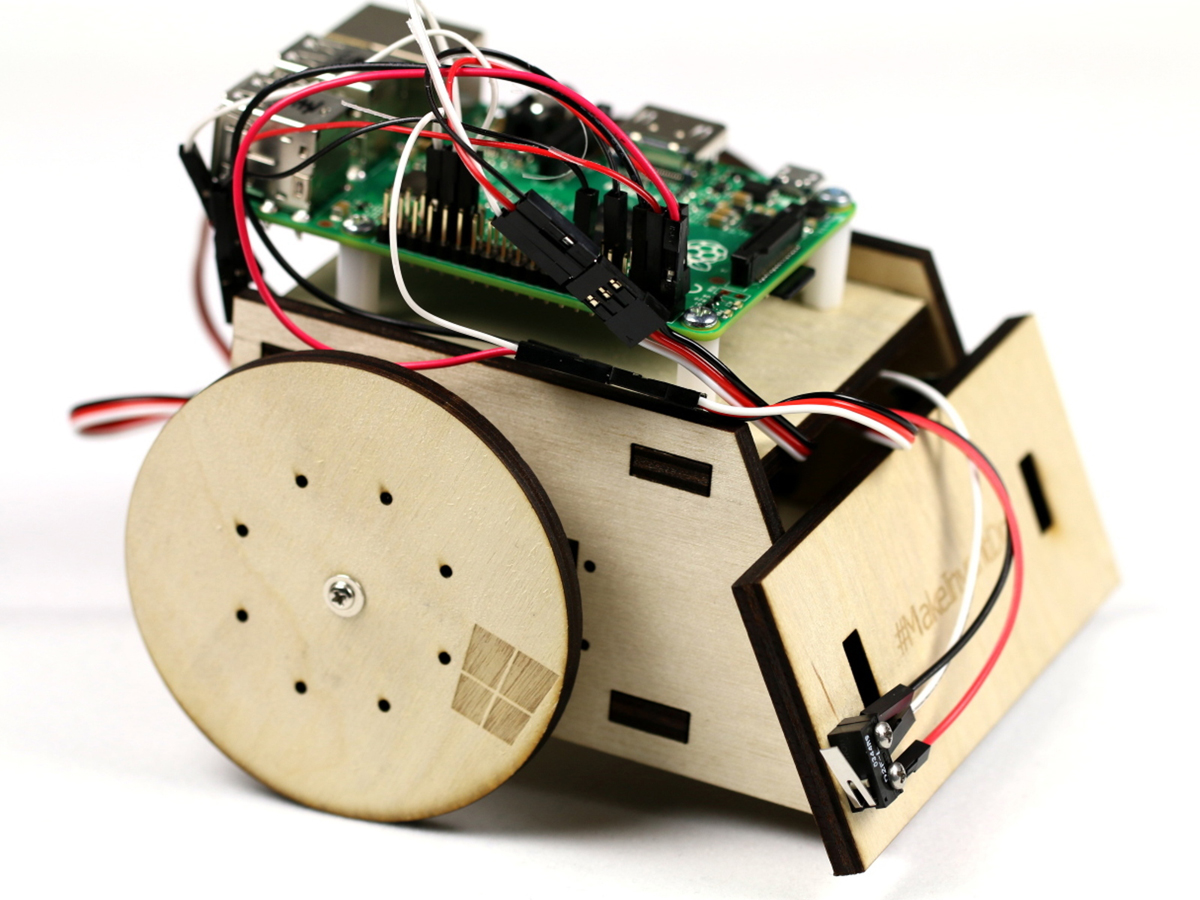Yesterday, Microsoft began to reveal a true turnaround in what was previously perceived as a sluggish, if not failing, business. In addition to a number of exciting developments with the Windows 10 operating system and the HoloLens, the company seems to be further embracing the Maker revolution. Though they’ve been supporting consumer 3D printing in ways small and large for a couple of years now, their move towards Makers was made even more evident when a Raspberr Pi-powered robot drove on stage to be controlled by the exciting HoloLens AR system. This was just the beginning, as Microsoft announced that it has also partnered with Arduino, Raspbery Pi, and Hackster.io.
Massimo Banzi, co-founder of Arduino, is on the ground floor of the Build Conference in San Francisco, where Windows 10 was given the title of the “world’s first Arduino certified operating system”. In other words, Arduino projects can now run Windows 10 to combine the hardware power of the former with the software power of the latter. And, because Windows 10 is meant to be used across devices, a whole new series of features can be implemented in Arduino-based projects. The partners have released two open source libraries, Windows Remote Arduino and Windows Virtual Shields for Arduino, which will allow developers to wirelessly access Windows 10 on a remote system, as if they were physically attached to the Arduino itself. This has powerful implications for increasing the power of Arduino projects, similarly demonstrated with the Raspberry Pi bot yesterday. Essentially, an Arduino project can now run on software from your local Windows 10 cloud.
Arduino gives some examples of the features that one might be able to use in an Arduino project: “Image processing, Speech recognition, Website parsing, Cameras and Advanced Audio pipelines with the power of physical world interactivity through Arduino enables incredible new scenarios to be created.” Microsoft is also trying to repower their Windows Phone line at the Build Conference, launching Windows 10 on their new devices and allowing these devices to connect with desktop, laptops, and tablets via the new Universal Windows Platform (UWP). With this in mind, Ardunio provides an example that leverages the Windows Phone: “Lumia 530 contains a lot of Arduino Shield capabilities and allows designers/makers to connect all those components seamlessly. Imagine being able to create an Arduino project that includes GPS, Web connectivity/parsing, touch display, speech technologies and more!”
The open source hardware developer also provides the following complete project that might utilize Windows 10: “For example, a security camera can be built by using Arduino to power the motors controls to tilt/turn the camera and using Universal Windows Platform (UWP) to create great UI, to connect the camera to the cloud, to process the image for motion detection and for adding facial/voice recognition.”
In addition to their partnership with Arduino, the company will also be working with the makers of the Raspberry Pi and Hackster.io. With Pi, users will have also be able to take advantage of Windows 10 wirelessly, giving them the ability to debug, update, and manage software from their Windows 10 devices. And, through a partnership with Hackster.io, the company will be hosting hackathons, other events, and projects. All of this is meant to spur the Internet of Things via Microsoft’s Windows 10 IoT Core, in which Makers of all kinds can being using Windows 10 to drive their projects across the web. You can already see a number of Windows 10 projects hosted on Hackster.io that implement the capabilities listed in this article, such as a Hands-on-lab WeatherStation, powered by Pi.
This is a great move by Microsoft, as it re-emerges as a company. Following in the footsteps of Google and Autodesk, both of which are beginning to surf the changing tides from closed to open source technology, Microsoft sees that, by partnering with open source companies and grabbing hold of the Maker movement, more users will find a wider variety of uses for their technology, pushing their products farther and to more customers. Of course, all of the aforementioned companies are still closed-source in every other way, but will other businesses like Apple fall in line?





